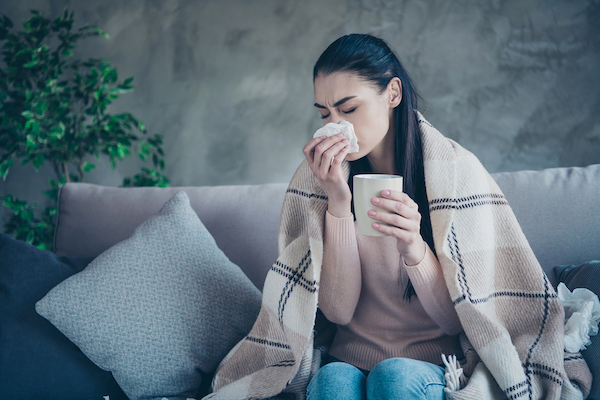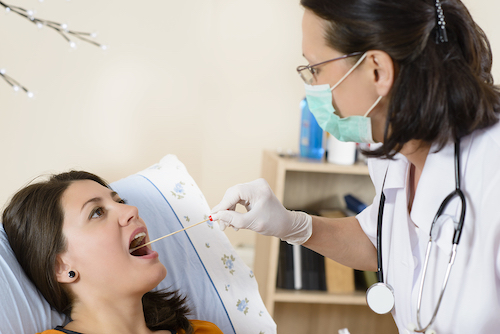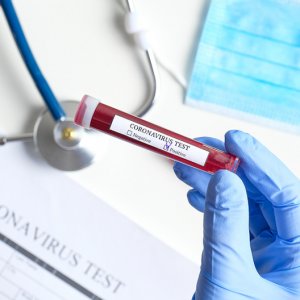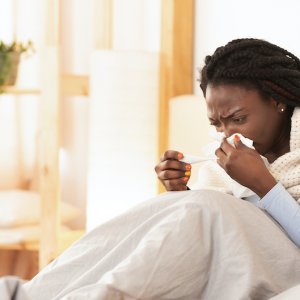Not all symptoms are created equally, while it might seem like you have Coronavirus, you may simply be experiencing seasonal allergies or influenza. Learn the differences between Coronavirus, the flu, common cold, and seasonal allergies to help you decide if and when you should get tested.
Seasonal Allergies
Seasonal allergies typically have symptoms like sneezing, itchy or watery eyes, runny nose, or rash. More rarely, cough, rashes, fatigue, sore throat and headache may also present. Fever, diarrhea, and aches and pains are very uncommon. Shortness of breath is also rare except in uncommon life-threatening circumstances.
The Flu

Flu is much more likely to present with a fever, fatigue, dry cough, and body aches and pains, including headache. Diarrhea is rare, except in children. Runny nose and sore throat occur occasionally, but sneezing and shortness of breath are also very rare with the flu. Shortness of breath can happen, but only in advanced disease.
Coronavirus
The hallmark symptoms of Coronaviruses include dry cough and fever. Shortness of breath is much more common than either flu or allergies. Diarrhea occurs in about 10% of cases, and fatigue and sore throat may also occur. Aches and pains are less common than the flu, but can happen. Sneezing and runny nose are uncommon symptoms. Getting a Coronavirus test is the only way to confirm whether or not you have it.
Overview of Symptoms

Everyone is Different
Keep in mind that there are no hard and fast rules when it comes to symptoms. Everyone’s body reacts slightly differently, and this is just an overview of the most common symptoms. Some people experience no symptoms at all, while others may have more serious reactions. Listen to your body. If you feel something is off, call your doctor and explain your concerns.
This article is by no means intended to help diagnose allergies, flu, cold, or Coronavirus. It is simply a way to help you understand the differences so you can make informed decisions about when to get tested.
When to See a Doctor
If you develop any of the main symptoms of Coronavirus and/or have been in close contact with an infected person or recently traveled to an area with widespread of COVID-19, you should get tested. But don’t rush off to the doctor yet. . .the CDC recommends calling your doctor first.
Calling ahead before going to a clinic or emergency room prevents unnecessary exposure to yourself and others in the waiting room. Once you inform them about your symptoms and recent travels, they will advise you where to go for testing and prepare for your arrival.

What to Expect
If you do decide that symptoms warrant Coronavirus testing, here’s a bit of what you can expect. A Coronavirus test involves a nose/throat culture that will be sent to a lab for testing. Once the lab receives your culture, it takes about 24 hours for results to come in. During this waiting period, it is important for you to stay in isolation to prevent possible spread of the virus to other people.
If you have or suspect you have COVID-19, do your part to protect others from infection. Self-quarantine as much as possible, and wear a mask around others, including family members. Wash your hands frequently and avoid touching common surfaces in your home.
During this time of uncertainty, many people have lots of questions. Check out this post to review some common questions about Coronavirus as well as links to all the articles we have on this topic.












